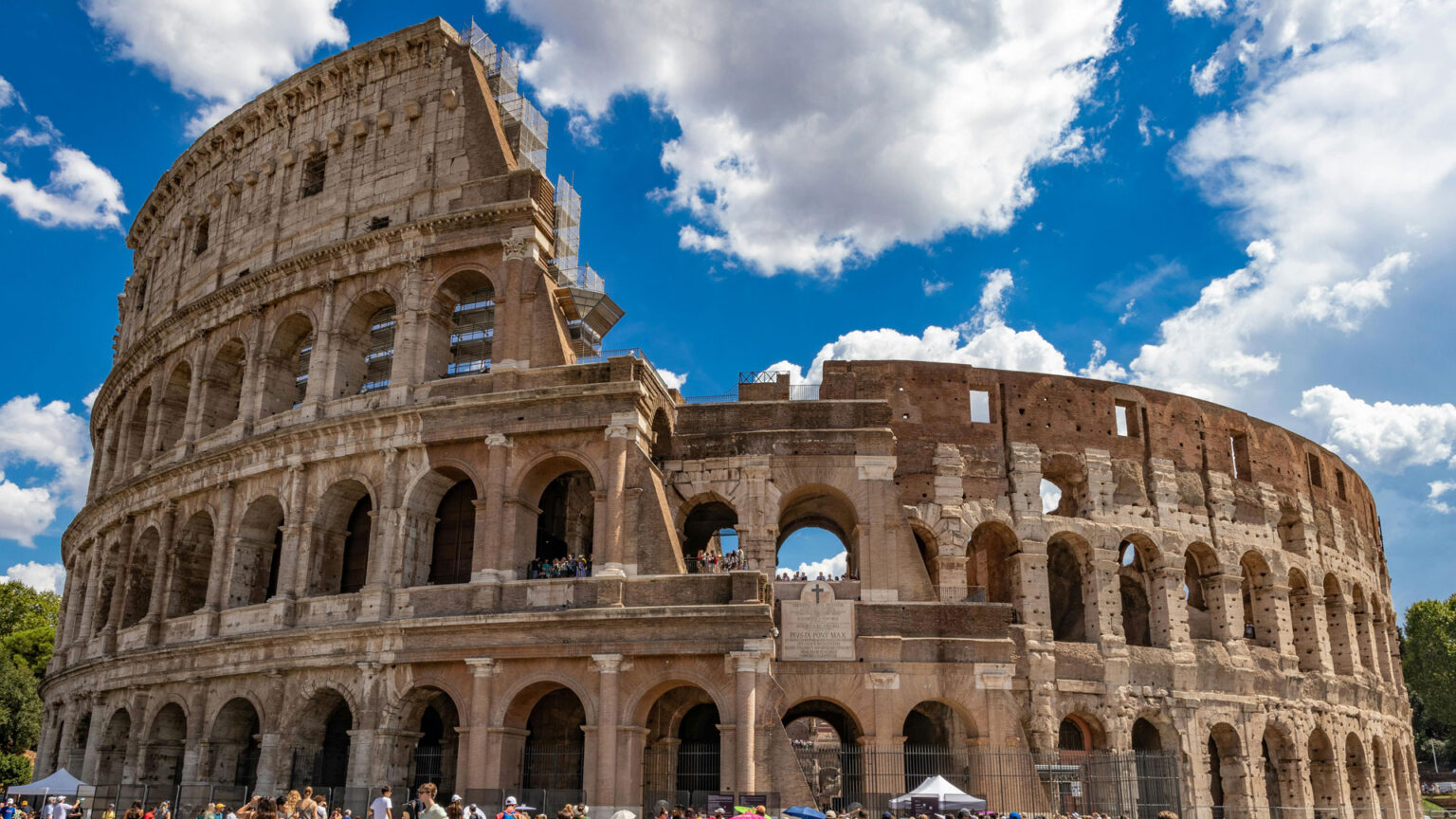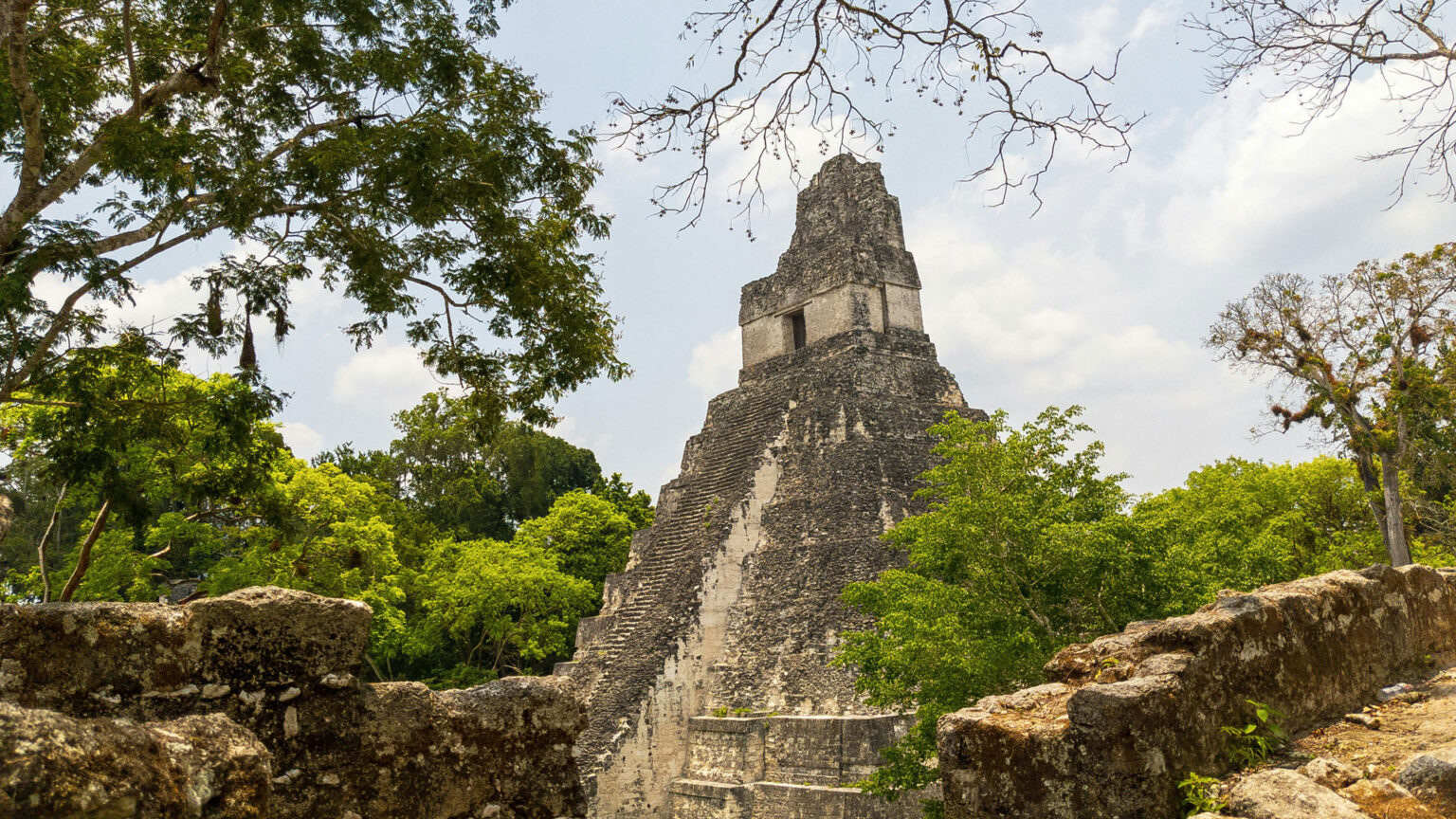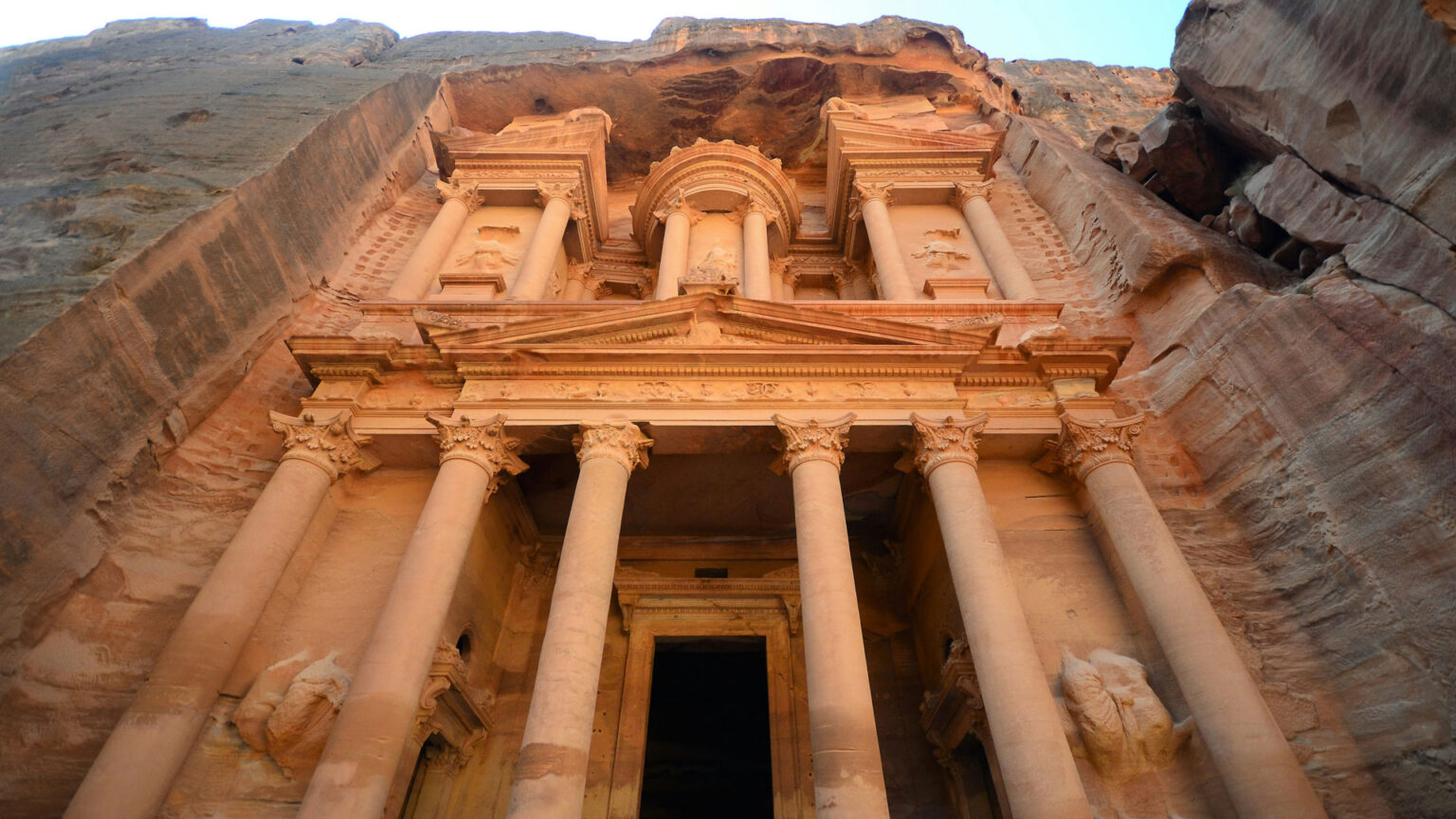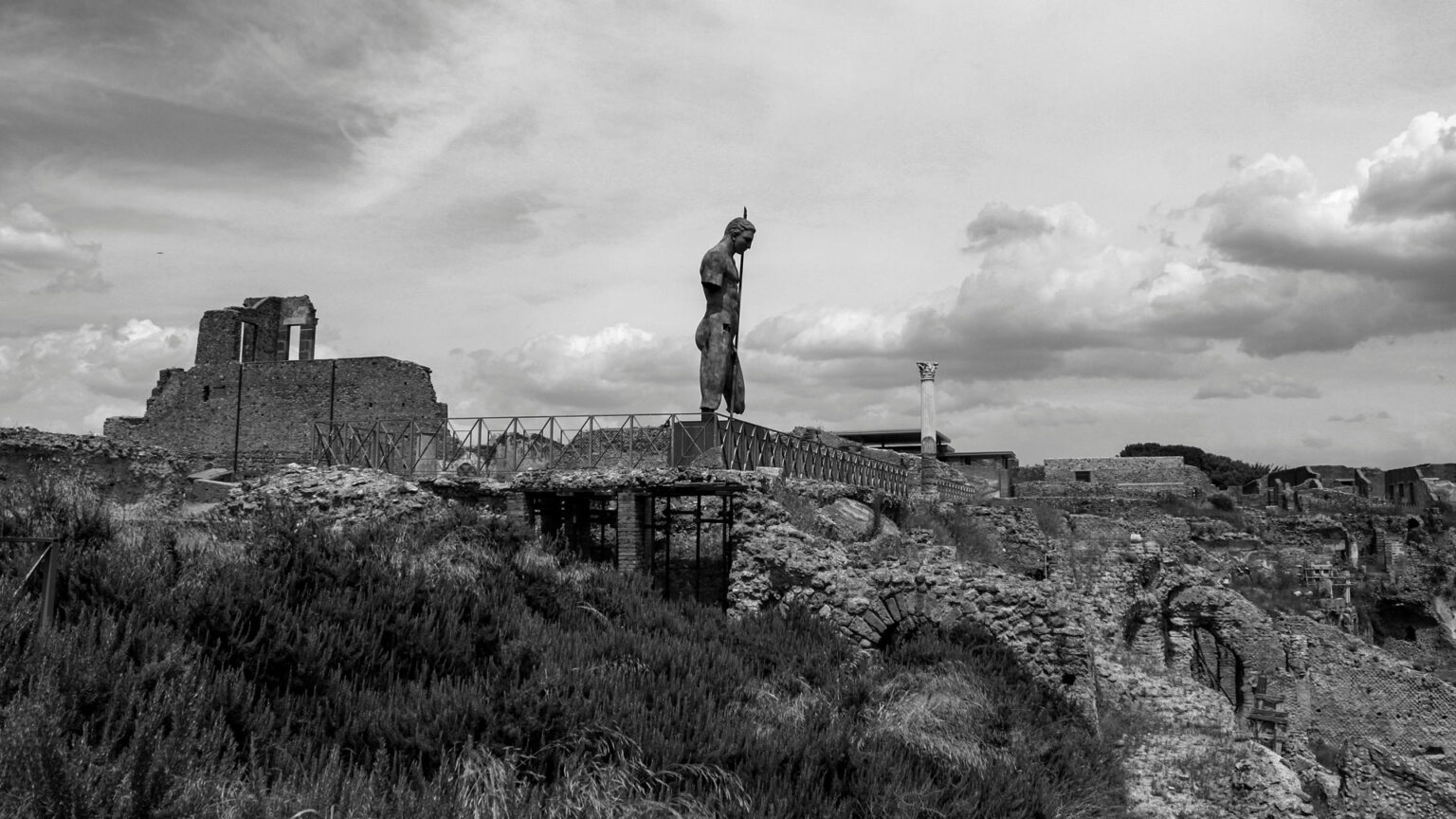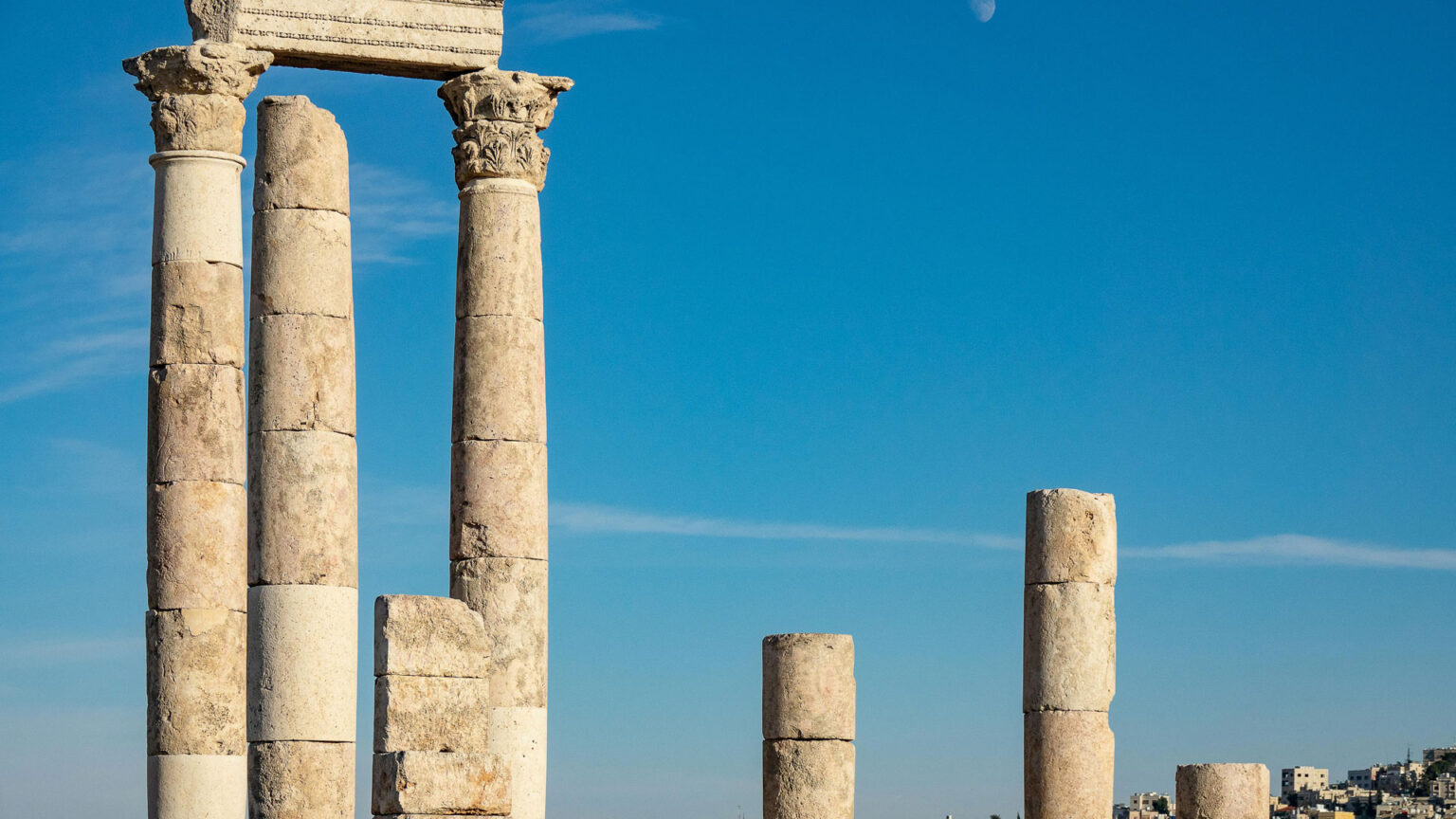Colosseum Rome
Unveiling the Ancient Enigma
The Colosseum Rome, a majestic marvel of ancient engineering, stands tall in the heart of Italy’s capital. This iconic amphitheater’s history is a testament to the ingenuity and grandeur of the Roman Empire.
Construction of the Colosseum Rome began in 72 AD under Emperor Vespasian’s reign and was completed in 80 AD by his son Titus. This architectural wonder was built on the site of an artificial lake, part of Nero’s Domus Aurea villa. Thousands of laborers worked tirelessly to complete the amphitheater in just eight years.
The Colosseum Rome’s purpose was multifaceted. It hosted gladiatorial contests, animal hunts, public spectacles, and even imperial ceremonies. The amphitheater’s design ensured optimal visibility for up to 50,000 spectators, who could enter and exit quickly and efficiently.
The Colosseum Rome was a symbol of the Roman Empire’s power and engineering prowess. Its significance extended beyond entertainment, representing the empire’s military might and architectural innovation. This ancient wonder was a hub for socializing, entertainment, and demonstrating loyalty to the emperor.
Key facts about the Colosseum Rome include:
- Official opening on September 26, 80 AD, with a 100-day festival
- Accommodated up to 50,000 spectators
- Built using travertine limestone, tuff stone, and brick-faced concrete
The Colosseum Rome remains an iconic representation of ancient Rome’s grandeur, continuing to captivate audiences worldwide.
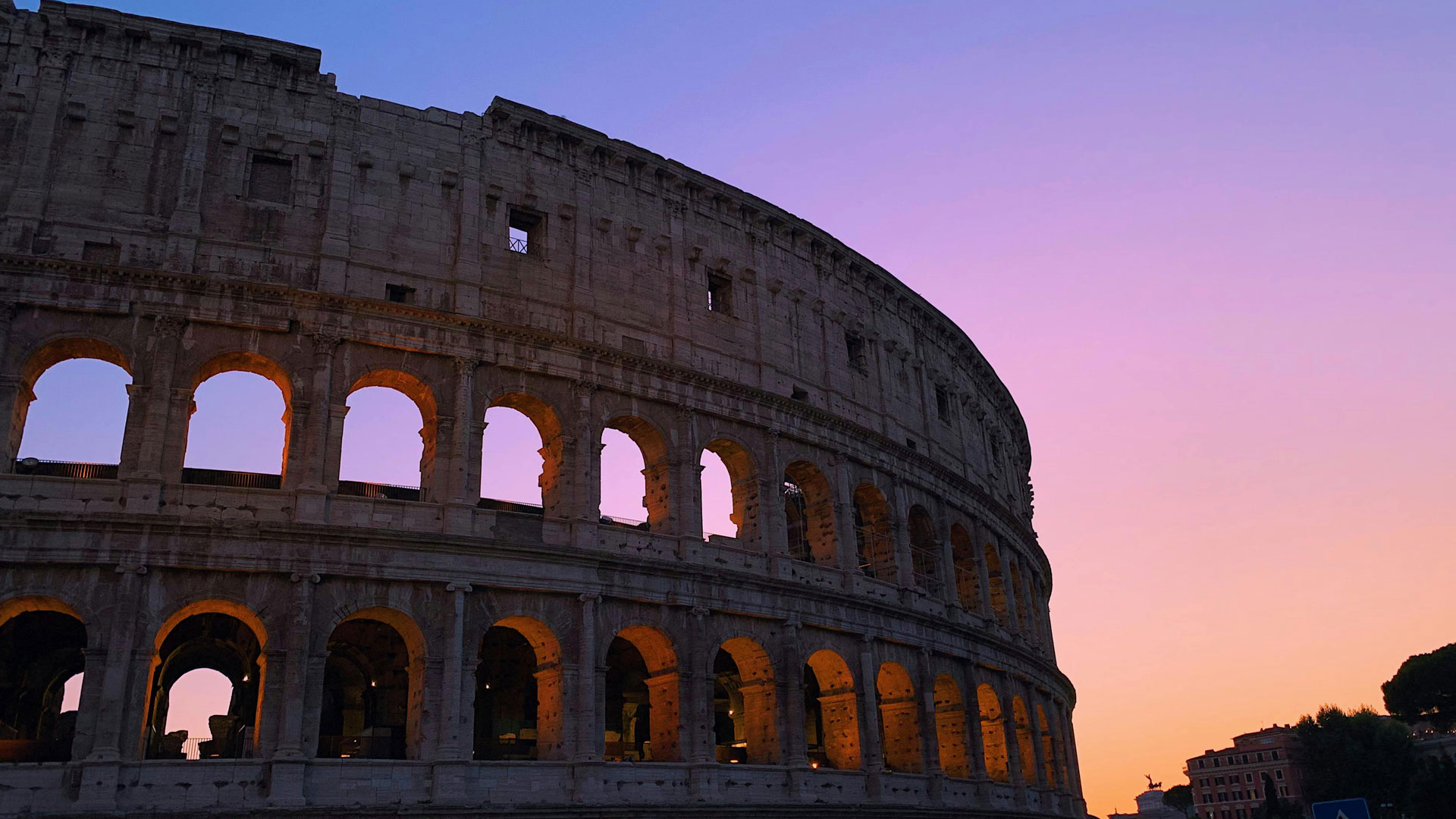
Architectural Marvel of Ancient Engineering
The Colosseum Rome’s innovative design and construction techniques were groundbreaking for its time, showcasing the ingenuity and skill of ancient Roman engineers.
Elliptical Design
The Colosseum Rome’s elliptical shape, measuring 189 meters long and 156 meters wide, provided optimal visibility for spectators. This design ensured that every seat had an unobstructed view of the events, creating an immersive experience for the audience.
Architectural Innovations
- Arches and Vaults: The Colosseum Rome featured a complex system of arches and vaults, allowing for a massive, column-free interior space. This innovative design enabled the construction of a vast, open area, perfect for hosting large-scale events.
- Travertine Limestone: The amphitheater’s façade was built using travertine limestone, providing a durable and visually striking exterior. The limestone’s light color and fine grain added to the structure’s aesthetic appeal.
- Tuff Stone and Brick-Faced Concrete: The structure’s core was built using tuff stone and brick-faced concrete, ensuring strength and stability. This combination of materials provided excellent thermal insulation, keeping the interior cooler in summer and warmer in winter.
Engineering Feats
- Advanced Drainage System: A sophisticated drainage system, featuring underground tunnels and channels, ensured efficient water removal during events. This innovative system prevented flooding and ensured a safe and dry environment for spectators.
- Retractable Awning: A retractable awning, known as the “velarium,” provided shade for spectators during hot summer months. This clever design feature allowed for optimal crowd comfort and enjoyment.
- Complex Pulley System: A network of pulleys and counterweights enabled rapid scene changes during events. This ingenious system allowed for smooth transitions between scenes, enhancing the overall spectator experience.
Construction Techniques
- Roman Concrete: The Colosseum Rome was built using Roman concrete, a mixture of lime, water, and volcanic ash, which hardened to form a strong and durable material. This innovative building material enabled the construction of large-scale structures like the Colosseum.
- Skilled Labor: Thousands of skilled laborers, including masons, carpenters, and engineers, worked together to complete the amphitheater. The collaboration of skilled workers ensured that every aspect of the structure was built to last.
The Colosseum Rome’s innovative design and construction techniques continue to inspire wonder and awe, a testament to the ingenuity and skill of ancient Roman engineers.

The Arena of Gladiatorial Games and Events
The Colosseum Rome was renowned for hosting a variety of events, including gladiatorial contests, animal hunts, and public spectacles. These events were a crucial part of ancient Roman entertainment, showcasing the power and grandeur of the Roman Empire.
Gladiatorial Contests
Gladiatorial contests, known as “munera,” were the most popular events held at the Colosseum Rome. Skilled gladiators, often slaves or prisoners of war, fought each other or wild animals in mortal combat. The contests were usually held to commemorate important occasions, such as imperial birthdays or military victories.
Animal Hunts
Animal hunts, known as “venationes,” were another type of event held at the Colosseum Rome. Exotic animals, such as lions, tigers, and bears, were hunted and killed by skilled hunters or gladiators. These events were often staged to re-enact famous battles or mythological stories.
Public Spectacles
Public spectacles, known as “spectacula,” were a range of events held at the Colosseum Rome, including:
- Re-enactments of famous battles: Staged battles, often featuring hundreds of participants, were held to commemorate important military victories.
- Executions: Public executions, often by wild animals or gladiators, were held as a form of punishment and entertainment.
- Acrobatic performances: Acrobats and aerialists performed daring feats, such as tightrope walking and trapeze artistry.
- Theatrical performances: Theatrical performances, including plays and musical performances, were held at the Colosseum Rome.
The Experience
Attending events at the Colosseum Rome was a unique experience for ancient Romans. The arena’s design ensured optimal visibility, with spectators seated in tiered rows surrounding the central arena. The events were often accompanied by music, chanting, and elaborate scenery, creating an immersive experience for the audience.
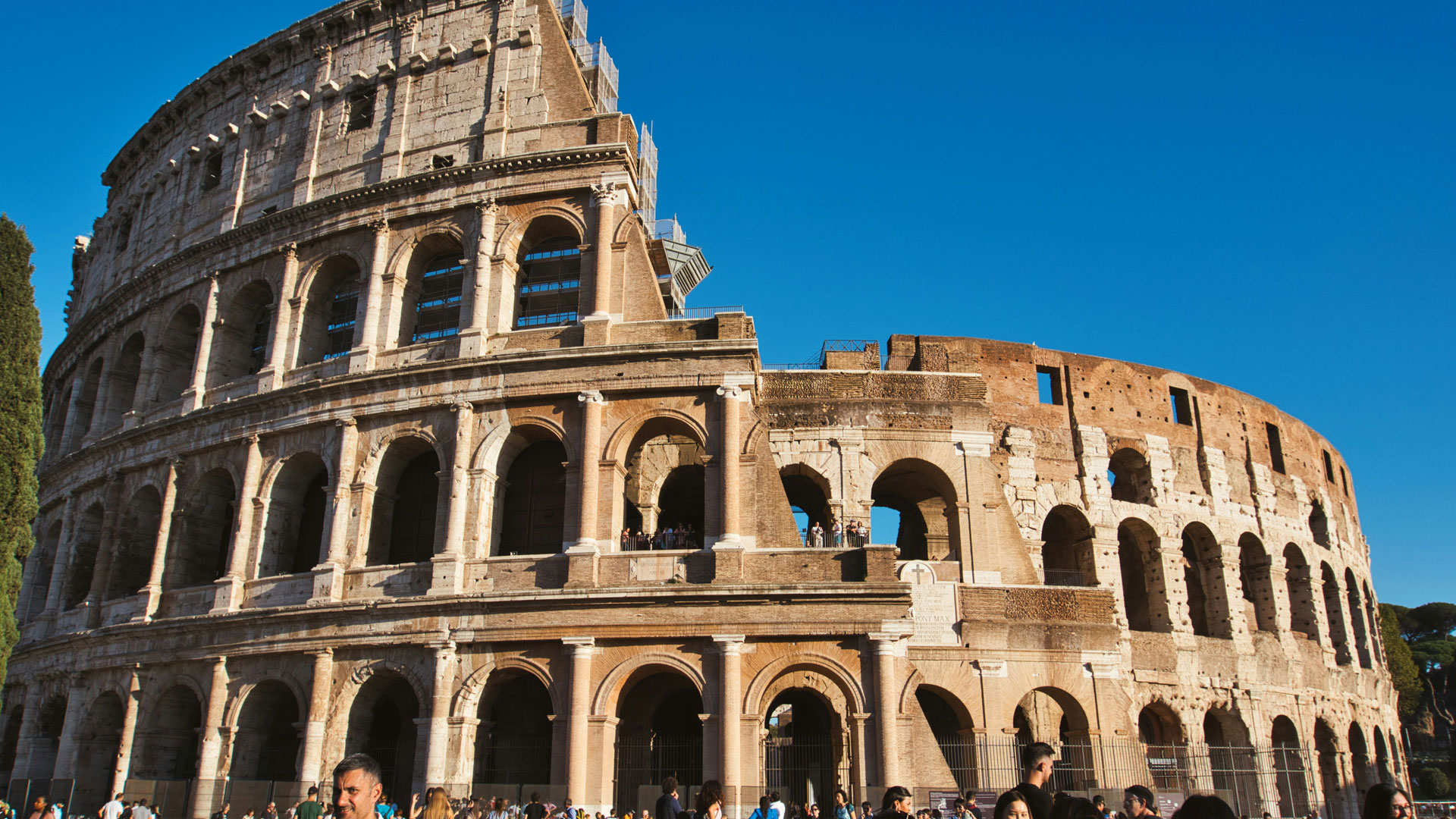
The Colosseum’s Decline and Abandonment: A Gradual Downfall
The Colosseum, once the epitome of Rome’s engineering and architectural prowess, faced a gradual decline and abandonment over the centuries. This downfall was a result of a combination of factors, which cumulatively contributed to the Colosseum’s transformation from an iconic symbol of Roman power to a neglected relic of the past.
Rise of Christianity: A Shift in Values
As Christianity spread throughout the Roman Empire, the Colosseum’s association with pagan rituals and bloody spectacles led to its decline. The Christian Church viewed the Colosseum as a symbol of paganism and immorality, and its use for entertainment purposes was seen as contradictory to Christian values. This shift in values led to a decline in the Colosseum’s popularity and usage.
Economic Troubles: A Lack of Resources
Economic difficulties, including inflation and debasement of the currency, reduced the Roman Empire’s ability to maintain the Colosseum. The empire’s financial struggles made it challenging to fund repairs, maintenance, and events, leading to a decline in the Colosseum’s condition.
Earthquakes and Damage: A Weakening of the Structure
Earthquakes in the 5th and 6th centuries AD caused significant damage to the structure, leading to costly repairs. The earthquakes weakened the Colosseum’s foundation, making it more vulnerable to future damage. The repeated earthquakes and subsequent repairs took a toll on the Colosseum’s structure, leading to a gradual decline.
Lack of Maintenance: A Neglect of Responsibilities
As the Roman Empire’s power waned, maintenance and repairs to the Colosseum became less frequent, leading to further deterioration. The absence of regular upkeep allowed damage to accumulate, accelerating the Colosseum’s decline. The neglect of responsibilities by the authorities and owners led to a lack of investment in the Colosseum’s maintenance.
Stone Robbery: A Loss of Structural Integrity
In the Middle Ages, the Colosseum was quarried for its valuable stone, marble, and travertine, leading to significant structural damage. The removal of these materials weakened the Colosseum’s structure, making it more susceptible to collapse. The stone robbery not only damaged the Colosseum’s structure but also stripped it of its original beauty and character.
Abandonment and Neglect: A Final Blow
By the 16th century, the Colosseum was largely abandoned, left to suffer the ravages of time and neglect. The absence of human presence allowed nature to reclaim the site, with vegetation growing within the ruins. The abandonment and neglect marked the final blow to the Colosseum’s decline, leaving it a shadow of its former self.
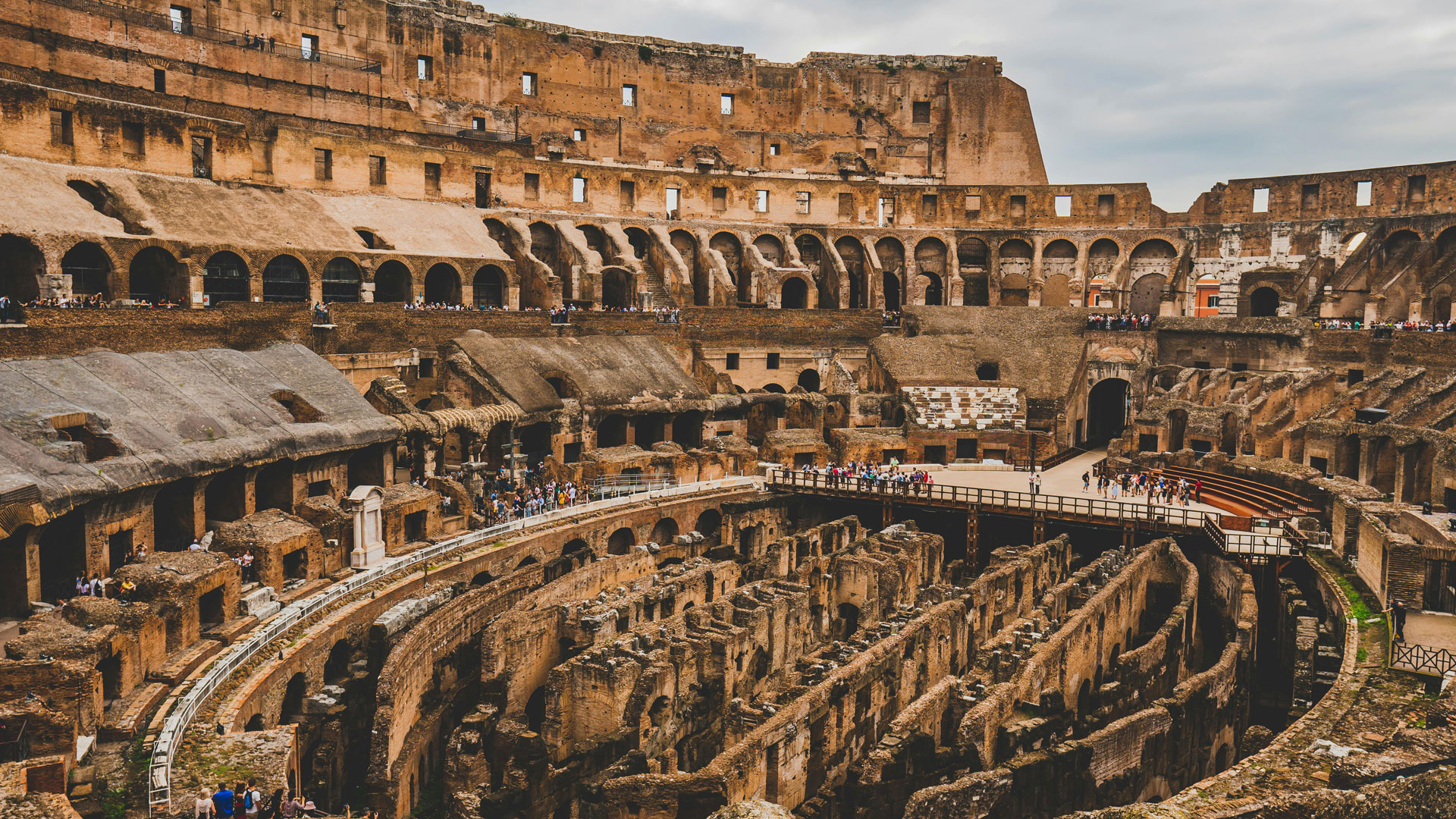
Restoration and Preservation Efforts
The Colosseum Rome, an iconic symbol of ancient Rome’s engineering and architectural prowess, has undergone significant restoration and preservation efforts to ensure its survival for future generations.
Ongoing Restoration Efforts
- Structural Consolidation: Ongoing efforts focus on consolidating the Colosseum’s structure, ensuring stability and safety.
- Cleaning and Conservation: Specialists clean and conserve the Colosseum’s surfaces, removing centuries of grime and pollution.
- Stone Replacement: Damaged or missing stones are replaced with identical materials, maintaining the Colosseum’s original appearance.
- Scaffolding and Support: Scaffolding and support systems are installed to facilitate restoration work and ensure visitor safety.
Preservation Initiatives
- Sustainable Tourism: Efforts promote sustainable tourism practices, reducing the impact of visitor numbers on the Colosseum’s structure.
- Environmental Monitoring: Scientists monitor the Colosseum’s environment, tracking factors like pollution, temperature, and humidity.
- Digital Preservation: Digital technologies, such as 3D scanning and virtual reality, help preserve the Colosseum’s legacy and educate visitors.
- International Collaboration: Global experts collaborate on restoration and preservation projects, sharing knowledge and best practices.
Challenges and Future Directions
- Funding: Securing consistent funding for restoration and preservation efforts remains a challenge.
- Balancing Preservation and Tourism: Finding a balance between preserving the Colosseum and accommodating tourist demands is an ongoing challenge.
- Climate Change: Addressing the impacts of climate change, such as rising temperatures and extreme weather events, is crucial for the Colosseum’s long-term survival.
The Colosseum Rome’s restoration and preservation efforts demonstrate a commitment to protecting this ancient wonder for future generations.
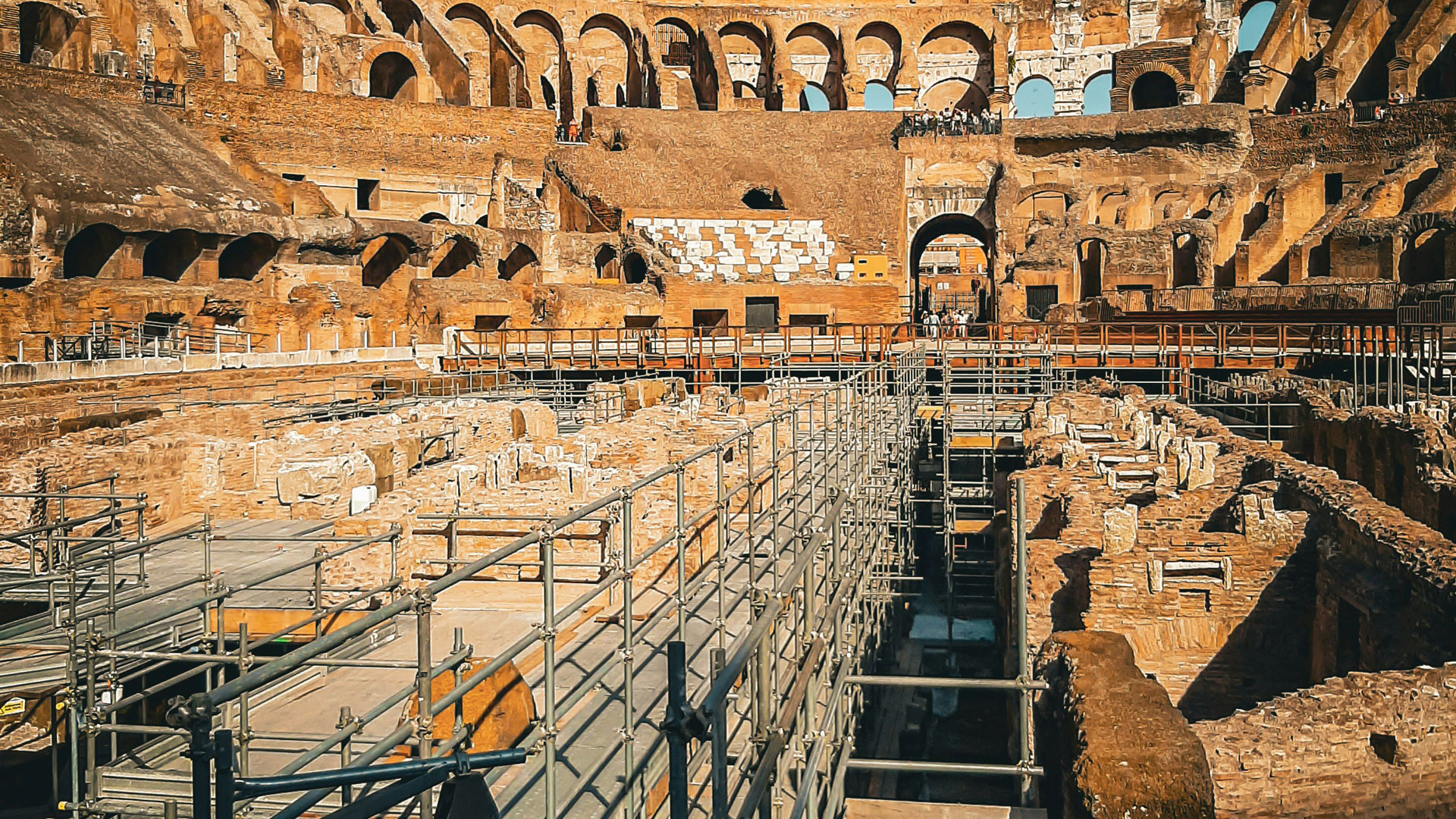
Interesting Facts and Legends
The Colosseum Rome has captivated imagination for centuries, inspiring fascinating stories, myths, and legends. Here are some intriguing tales surrounding this ancient wonder:
Fascinating Facts
- The Colosseum’s Name: The Colosseum’s name comes from the nearby Colossus of Nero, a massive bronze statue of the emperor.
- Gladiator Graves: Archaeologists discovered a gladiator graveyard near the Colosseum, providing insight into the lives of these ancient warriors.
- Underground Tunnels: The Colosseum features an extensive network of underground tunnels, used for gladiator and animal access.
- Seating Capacity: The Colosseum could accommodate up to 50,000 spectators, making it one of the largest amphitheaters in the Roman Empire.
Myths and Legends
- The Curse of the Colosseum: Legend has it that the Colosseum is cursed, bringing misfortune to those who disturb its ruins.
- Ghostly Apparitions: Visitors have reported ghostly apparitions and strange occurrences within the Colosseum, fueling speculation about paranormal activity.
- The Colosseum’s Secret Treasures: Rumors abound about hidden treasures and secret chambers within the Colosseum, waiting to be discovered.
- Nero’s Haunting: According to legend, the ghost of Nero haunts the Colosseum, seeking redemption for his cruel deeds.
Legends and Folklore
- The Colosseum’s Construction: A legend claims that the Colosseum was built using magical powers, allowing its rapid construction.
- The Arena’s Sacred Nature: Ancient Romans believed the Colosseum’s arena was sacred, hosting events that honored the gods.
- Gladiatorial Omens: Gladiators believed in omens and superstitions, influencing their performances in the Colosseum.
- The Colosseum’s Enduring Legacy: The Colosseum’s legend has endured for centuries, inspiring art, literature, and popular culture.
These fascinating stories, myths, and legends surrounding the Colosseum Rome continue to captivate audiences, adding to the allure of this ancient wonder.
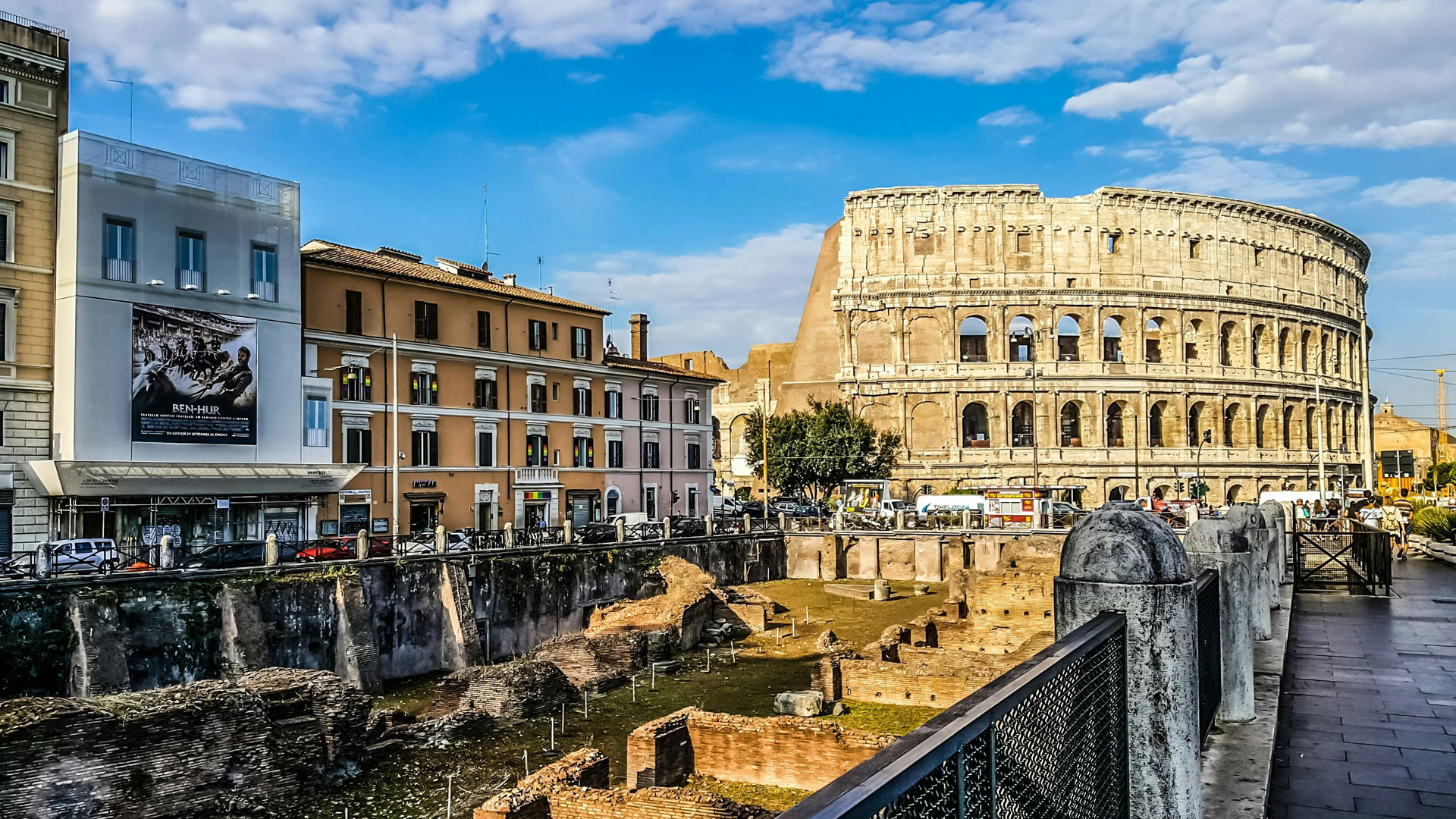
Visitor Information and Tips
Planning a visit to the Colosseum Rome? Here’s practical advice to make the most of your experience:
Opening Hours
– April to August: 8:30 AM – 7:15 PM
– September to March: 8:30 AM – 5:00 PM
Ticket Information
– Standard ticket: €12 (includes Colosseum, Roman Forum, and Palatine Hill)
– Guided tour: €20-€30 (depending on the tour operator)
– Free admission: Children under 18, EU citizens 65+, and visitors with disabilities
Guided Tours
– Audio guides available in multiple languages
– Guided tours available in English, Italian, Spanish, French, and German
– Private tours available for groups and individuals
Tips and Recommendations
– Arrive early to avoid crowds and long lines
– Wear comfortable shoes and clothing for exploring the ancient site
– Bring sunscreen, water, and a hat for outdoor protection
– Respect the ancient ruins and follow rules to preserve the site
– Take advantage of guided tours to enhance your understanding and experience
Additional Information
– The Colosseum is closed on December 25 and January 1
– Visitors with mobility impairments can access the Colosseum via a designated entrance
– Photography is allowed for personal use, but tripods and commercial photography require permission
By following these tips and guidelines, you’ll be well-prepared for an unforgettable visit to the Colosseum Rome.

Cultural Significance
The Colosseum Rome has had a profound impact on art, literature, and popular culture, inspiring countless works and references across the centuries.
Artistic Inspiration
– Painters like Giovanni Paolo Panini and Canaletto depicted the Colosseum in their works
– Sculptors like Michelangelo and Bernini drew inspiration from its ancient grandeur
– Modern artists like Cy Twombly and Robert Rauschenberg referenced the Colosseum in their pieces
Literary References
– Authors like Byron, Keats, and Dickens wrote about the Colosseum’s majesty and history
– The Colosseum has been featured in countless poems, novels, and plays
– It has become a symbol of Rome’s rich cultural heritage
Popular Culture
– The Colosseum has appeared in numerous films, TV shows, and video games
– It has been used as a metaphor for power, strength, and resilience
– The Colosseum’s image has been used in advertising, logos, and branding
Architectural Influence
– The Colosseum’s design has influenced architecture worldwide
– Many stadiums, arenas, and buildings have been inspired by its iconic shape
– It has become a symbol of engineering and architectural excellence
Symbolism and Iconography
– The Colosseum has become an iconic symbol of Rome, Italy, and ancient civilization
– It represents power, strength, and resilience
– It has been used as a symbol of freedom, democracy, and human achievement
The Colosseum Rome’s cultural significance extends far beyond its ancient origins, continuing to inspire and influence art, literature, and popular culture to this day.
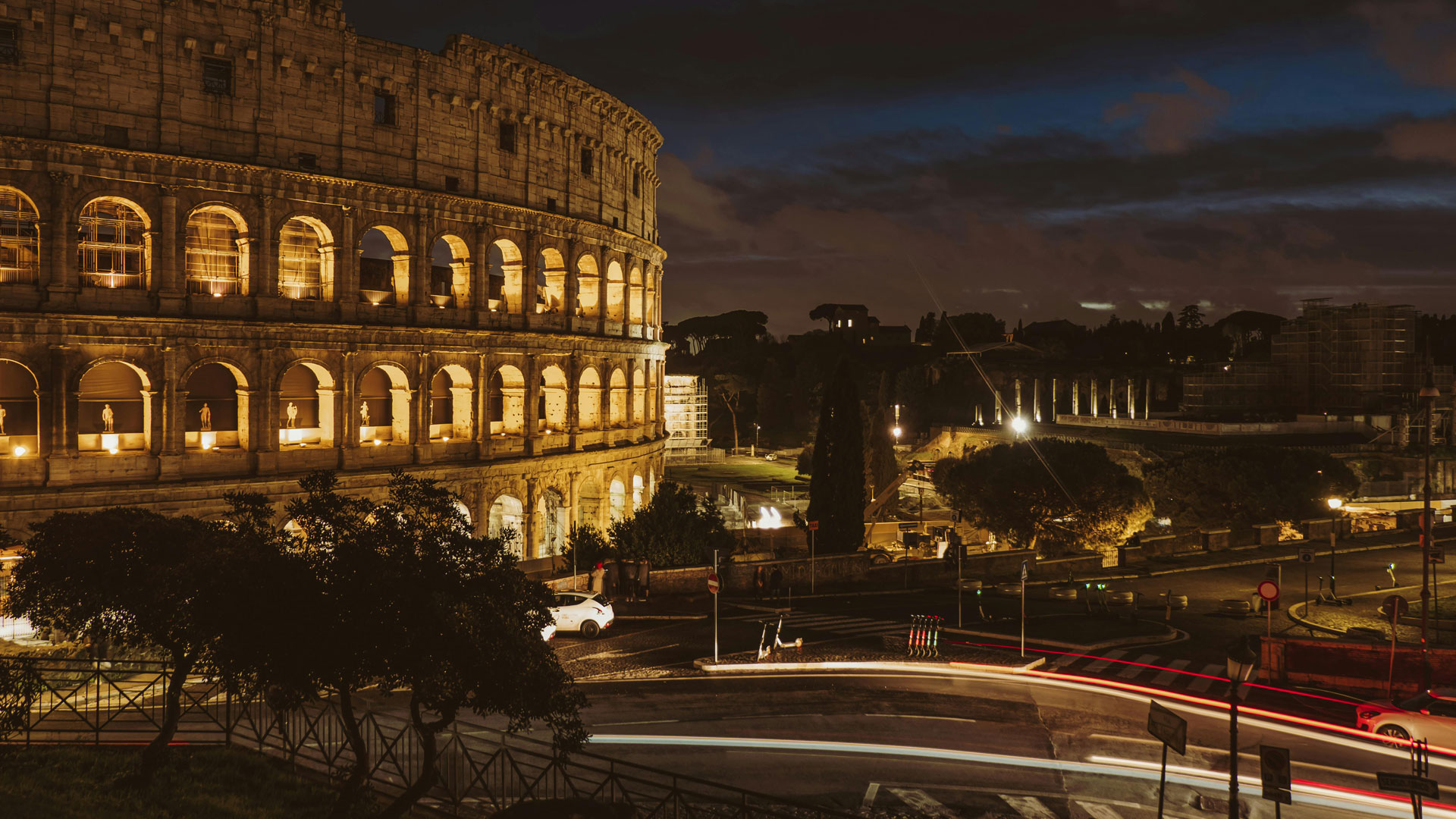
Recent Archaeological Discoveries and Excavations
Archaeologists have made several significant discoveries at the Colosseum in recent years, shedding new light on its history and the lives of ancient Romans. Some of the notable findings include:
- Ancient Coins and Jewelry: Archaeologists have uncovered a trove of ancient coins, jewelry, and other precious items in the Colosseum’s sewers and tunnels. These findings provide insight into the daily lives of spectators who attended events at the amphitheater.
- Well-Preserved Ancient Mural: A team from Rome’s Colosseum Archaeological Park discovered an exceptionally well-preserved ancient mural near the Colosseum. The intricate artwork, made from shells, tiles, and other materials, showcases the wealth and power of its owner, believed to be a high-ranking Roman officer.
- Terracotta Sewage Pipes and Cookware: Excavations have revealed terracotta sewage pipes and cookware, providing insight into the Colosseum’s infrastructure and daily operations.
- Carved Ivory Monkey Figurine: Archaeologists have found a carved ivory monkey figurine, likely used as a gaming piece. This discovery highlights the leisure activities of ancient Romans.
- Excavation of the Southern Perimeter: Archaeologists have been working on excavating a stretch of the southern perimeter of the monument, the least well-preserved side. This excavation aims to uncover new insights into the Colosseum’s construction and history.
- Ancient Snacks and Food Waste: Archaeologists have found evidence of ancient snacks, including nuts and fruit, in the Colosseum’s sewers. This discovery provides a unique perspective on the eating habits of ancient Romans.
- Gladiator and Animal Remains: Excavations have uncovered the remains of gladiators and animals, offering a glimpse into the brutal world of gladiatorial combat.
- Underground Tunnels and Chambers: Archaeologists have explored the Colosseum’s underground tunnels and chambers, revealing new insights into the amphitheater’s infrastructure and operations.
These discoveries demonstrate the ongoing importance of archaeological research at the Colosseum, continually expanding our understanding of ancient Rome’s history and culture.
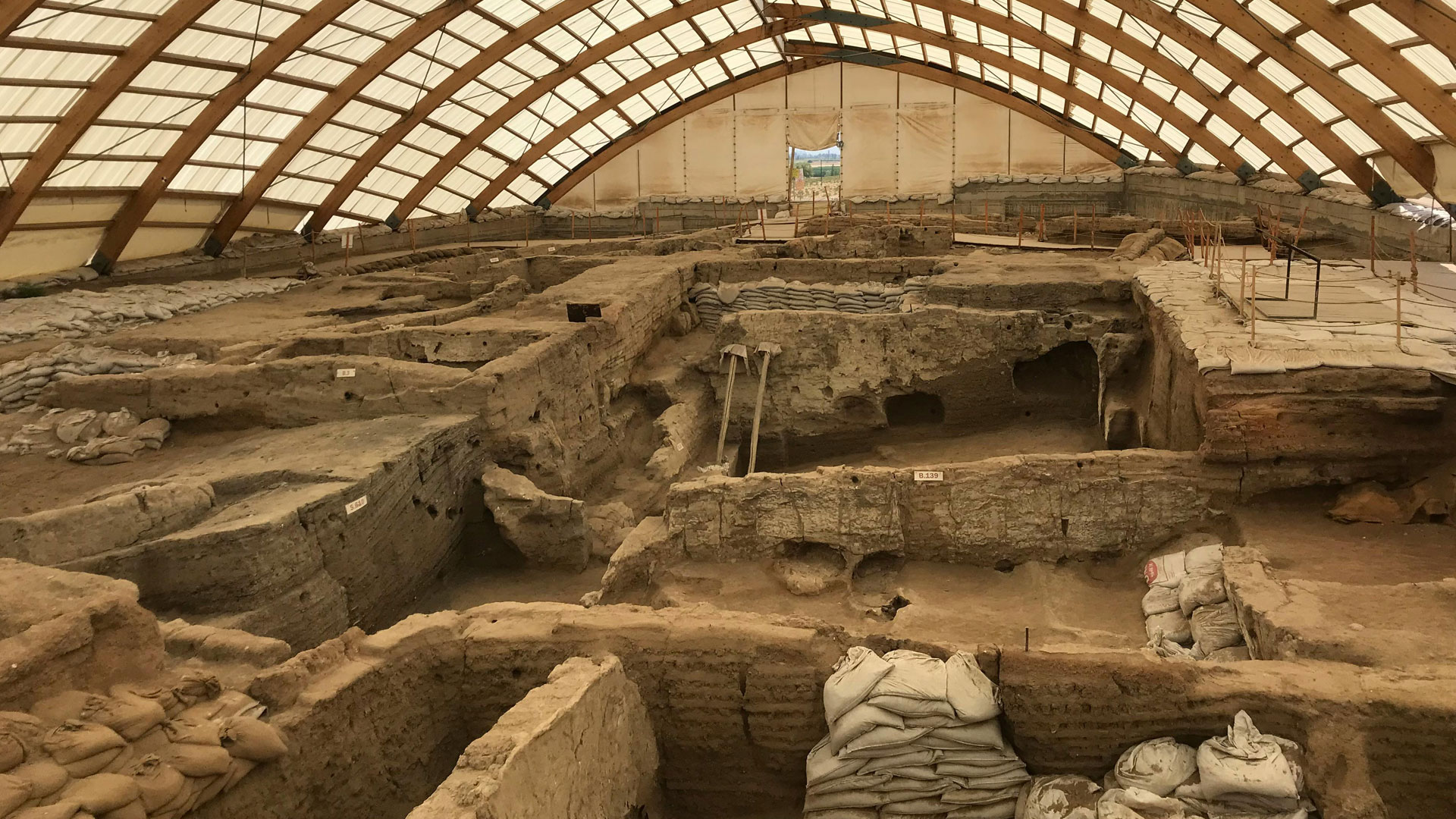
The Colosseum’s Legacy and Symbolism
The Colosseum’s impact extends far beyond its ancient origins, leaving an indelible mark on modern society. Its legacy and symbolism can be seen in:
- Architecture and Engineering: The Colosseum’s innovative design has influenced architectural and engineering projects worldwide, from sports stadiums to government buildings.
- Art and Literature: The Colosseum has inspired countless works of art, literature, and music, its image evoking creativity and imagination.
- Film and Media: The Colosseum has been featured in numerous films, TV shows, and documentaries, cementing its status as an iconic symbol of Rome and Italy.
- Tourism and Economic Impact: The Colosseum is a major tourist destination, generating significant revenue and supporting local economies.
- Cultural Heritage and Identity: The Colosseum represents the rich cultural heritage of Italy, a bridge between ancient and modern times.
- National Pride and Unity: The Colosseum has become an integral part of Italy’s national identity, a symbol of pride and unity.
- Historical Significance and Education: The Colosseum serves as a reminder of the past, a connection to ancient civilizations and historical events.
- Global Recognition and Iconicity: The Colosseum is instantly recognizable worldwide, synonymous with Rome and Italy.
- Timeless Appeal and Inspiration: The Colosseum’s allure transcends time, continuing to captivate audiences with its majesty, history, and symbolism.
- Enduring Legacy and Impact: The Colosseum’s legacy extends beyond its ancient origins, influencing modern society in countless ways.
The Colosseum’s legacy and symbolism are a testament to its enduring impact on human culture and society.
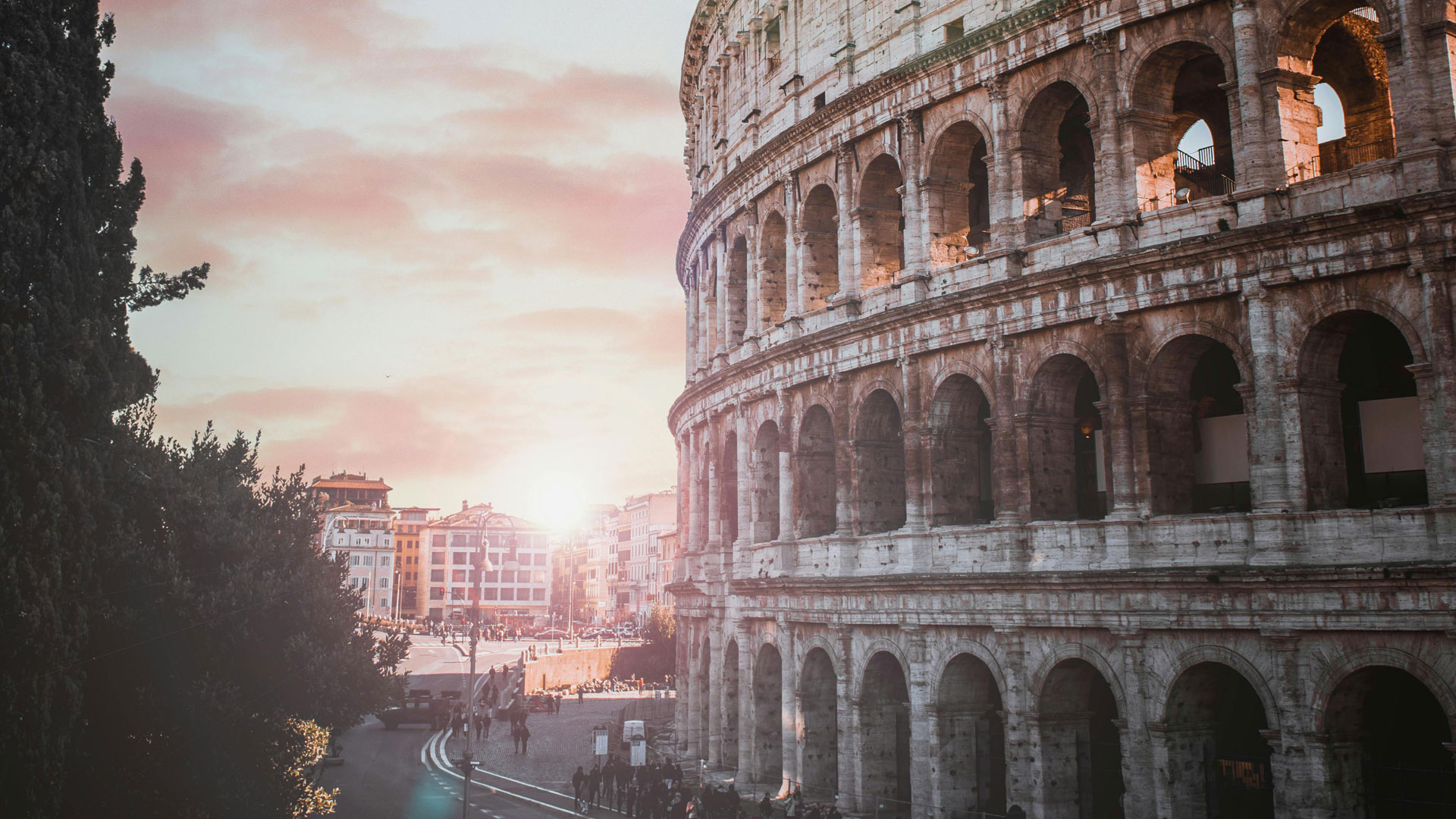
The Colosseum’s Legacy in Modern Times
In modern times, the Colosseum’s legacy can be seen in:
- Conservation Efforts: Ongoing conservation efforts aim to preserve the Colosseum for future generations.
- Tourism and Sustainable Development: The Colosseum is a model for sustainable tourism and development, balancing preservation with economic growth.
- Cultural Exchange and Diplomacy: The Colosseum serves as a symbol of cultural exchange and diplomacy between nations.
- Education and Research: The Colosseum is a hub for archaeological research and education, advancing our understanding of ancient civilizations.
- Inspiration and Creativity: The Colosseum continues to inspire artists, writers, and musicians, its image evoking creativity and imagination.
The Colosseum’s legacy in modern times is a testament to its enduring impact on human culture and society.

